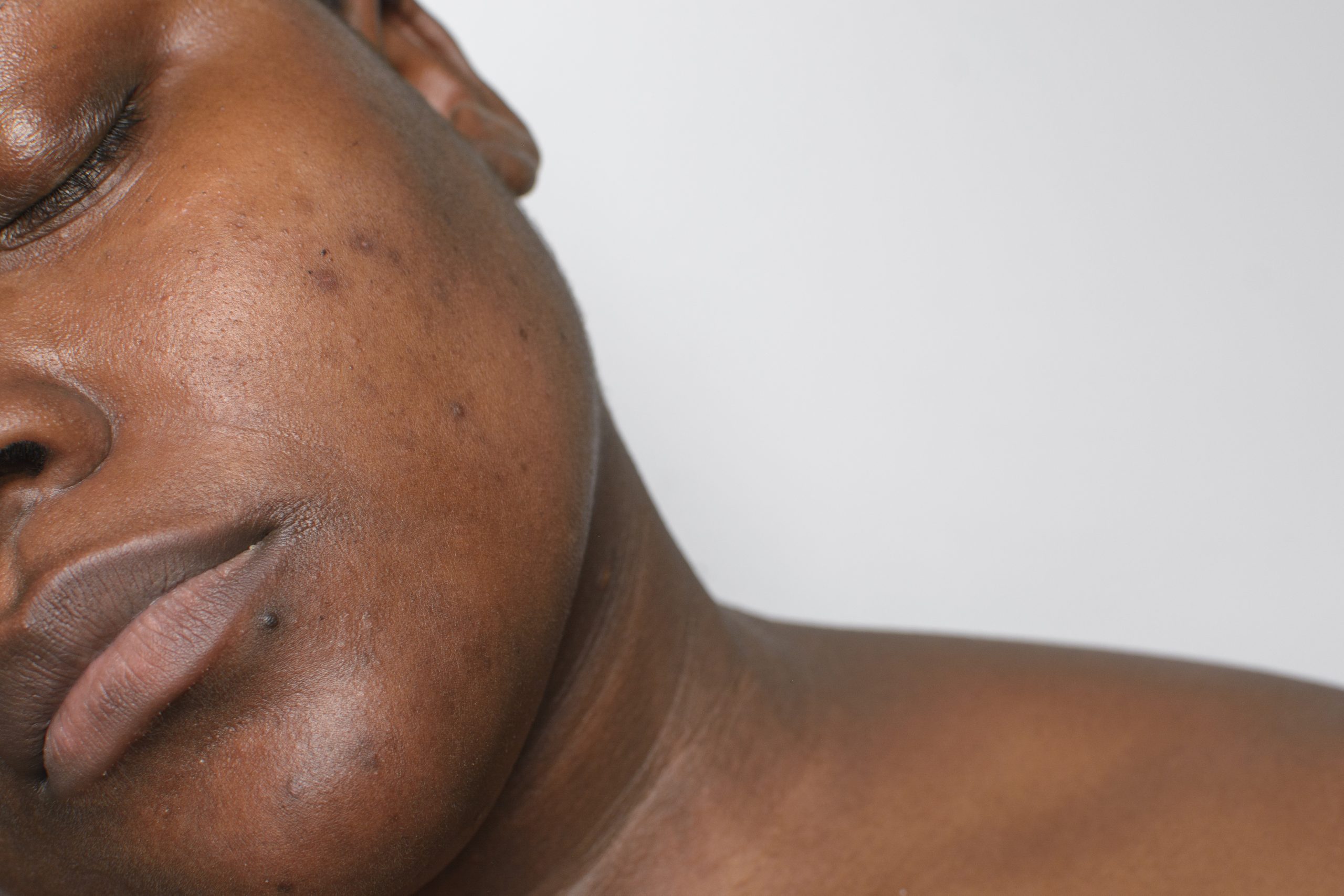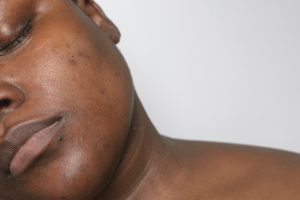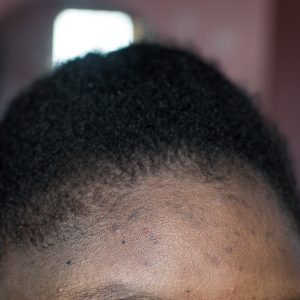By: Ramneek Dhami
Hyperpigmentation in black and brown skin can happen for many reasons. Common reasons include an allergic reaction to a cosmetic product, acne, melasma, and sun spots. It is often more difficult to get rid of hyperpigmentation in darker skin compared to white skin and it can last months to years if it is not prevented or treated properly. Hyperpigmentation can negatively impact one’s self-esteem and mental health and is an ongoing battle to treat and permanently remove. That’s why it is so important to get prompt treatment for your specific skin type. If you delay treating it then you may have a much harder time treating it in the future.
What are the most common causes of hyperpigmentation in black and brown skin?
The most common reasons dermatologists see hyperpigmentation in black and brown skin are melasma, post-inflammatory hyperpigmentation (PIH), and solar lentigines (sunspots). Melasma is a brown or sometimes gray-brown darkening of the skin that occurs on the face (especially the cheeks), neck, and upper arms and shoulders. It is more common in women and is associated with pregnancy, oral contraceptives (birth control pills), sun exposure, hormone therapies, some drugs, and genetics. There is often a family history. PIH is darkening of the skin that usually occurs after acne spots have resolved, leaving behind brown-black spots in place of pimples. Sunspots occur over time and can occur anywhere on the skin, but are most common on the face, neck, hands, and other areas of the skin that see a lot of sun. All these types of darkening can be very difficult to treat, which is why it is important to see a dermatologist to get help.
Sunscreen is absolutely essential!
The most important thing you can do after seeing a dermatologist and using medication as prescribed is to consistently apply sunscreen and be aware of sun exposure. Unfortunately, if you do everything right but don’t use sunscreen religiously, the hyperpigmentation comes back (quicker than you expect!) and with a vengeance. Using sunscreen and making it a major part of your daily routine is the best way to prevent hyperpigmentation from making a comeback.
Treatment options for hyperpigmentation in black and brown skin.
Like most treatments for the skin, it is important to keep in mind that it can take 8-12 weeks to get good results, so don’t give up and stick with your treatment to get back your beautiful complexion and sense of self.
Topical agents (medications that are applied to the skin):
Topical agents are creams/lotions/gels that are applied directly to the skin. There are many options when it comes to topical agents that can be used for skin darkening. The most effective topical treatment which has been heavily researched is a triple combination cream that uses three different active ingredients: usually including hydroquinone, tretinoin (a retinoid), and a corticosteroid. These ingredients all do different things to target the hyperpigmentation from different angles, leaving you with great results. Some other topical treatments will just use one of these ingredients, but the combination cream has been shown to work the best. Other topical agents include hydroquinone, kojic acid, ascorbic acid (vitamin C), rucinol, retinoids, tranexamic acid, azelaic acid, and niacinamide. These can be effective when combined with other types of treatments but won’t provide the best results on their own.
Oral therapies (pills to take by mouth):
L-Cystine combined with L-glutathione is a pill can really help to get rid of hyperpigmentation. Another oral treatment option with good results is oral tranexamic acid. These oral therapies have been shown to provide great results and are worth exploring as treatment.
Chemical peels:
Chemical peels have mixed results alone for hyperpigmentation but can be useful if combined with other types of treatments. Some chemicals for these peels include trichloroacetic (TCA) acid, glycolic acid, and salicylic acid. Glycolic acid has the longest safety and effectiveness track record for darker skin types.
Laser therapies:
Lasers are another treatment option for hyperpigmentation. Some laser types include intense pulsed light (IPL), Q-switched Neodymium-Doped Yttrium Aluminum Garnet (QS-Nd:YAG) Laser, pulsed-dye laser (PDL), fractional photothermolysis, and fractional laser therapy. IPL therapy has promising results and can be combined with the triple combination cream for even better results but has a high rate of relapse. The QS-Nd:YAG Laser also can provide good results, but has a high rate of relapse. PDLs can also improve hyperpigmentation and even delay relapse.
Laser treatments can be expensive and sometimes result in increased hyperpigmentation, especially in darker skin types. Laser therapies are more useful in lighter brown skin and should be used very carefully, if at all, in people with darker brown or black skin.
Hyperpigmentation is an uphill battle to deal with alone. However, with the help of great dermatologists specialized in treating skin of color like the ones at My Skin of Color, you don’t have to face this alone. Talk to a dermatologist today to get the best treatment for your hyperpigmentation and get back the skin you love.




